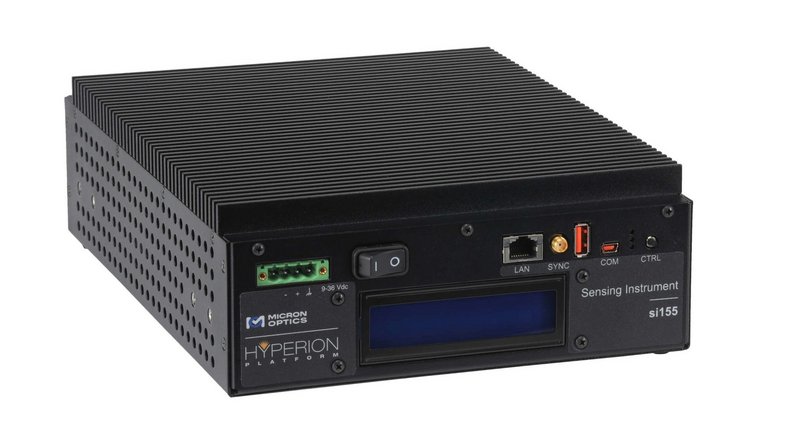Spatially Resolved and Distributed Measurements of Compression, Strain and Cracks
The measurement of strain at one or more points along a glass fiber provides information about its relative change in length in the location being examined. The fiber or the fiber optics cable must be firmly attached to the inspection object for this purpose. Causes of these changes in length include tensile or compressive stresses, material displacements, changes to the position and shape, etc.
In many places, the fiber-optic measurement principle is increasingly replacing classic methods such as strain gauges , not least because of the possibility to conduct a spatially resolved and distributed measurement along a single fiber. The systems also appear to be superior in situations where the weight, space requirements or a high level of flexibility is what counts to reach inaccessible places. A single fiber weighing just a few grams can therefore contain hundreds of sensors and serve as a signal path at the same time.
Strain profiles, for example, also provide you with support in
- monitoring structures
- detecting micro-cracks and local material defects
- moving pipelines in the ground
- dike monitoring
- optimizing production for GRP and CRP in lightweight construction
- vibration analysis




